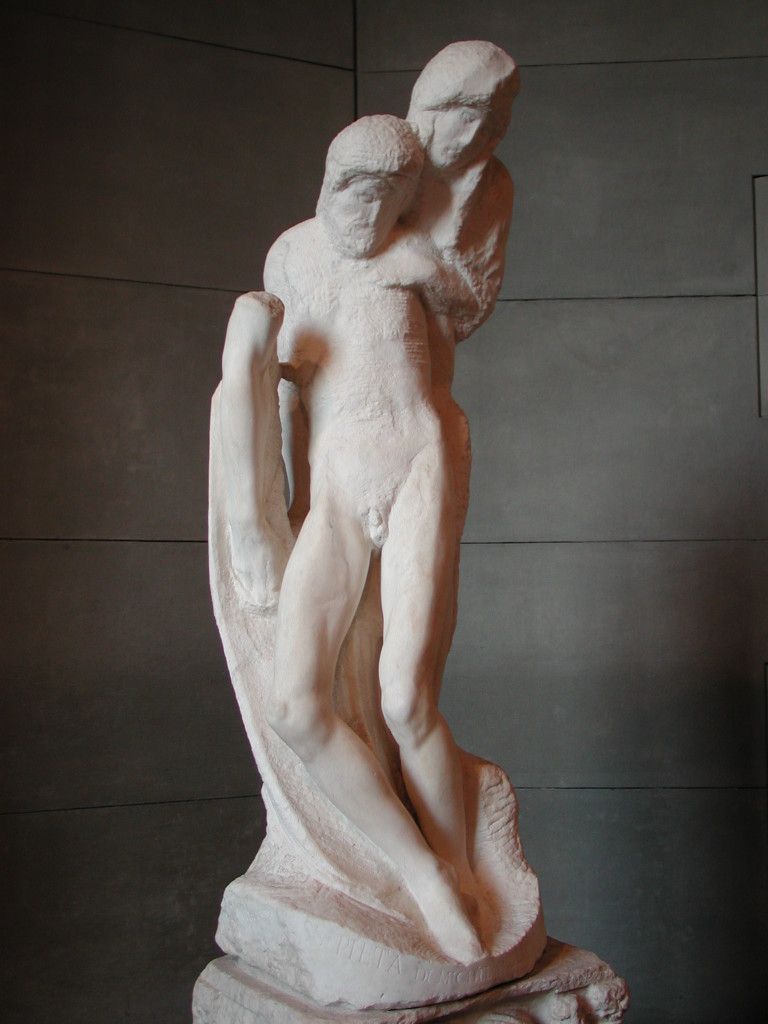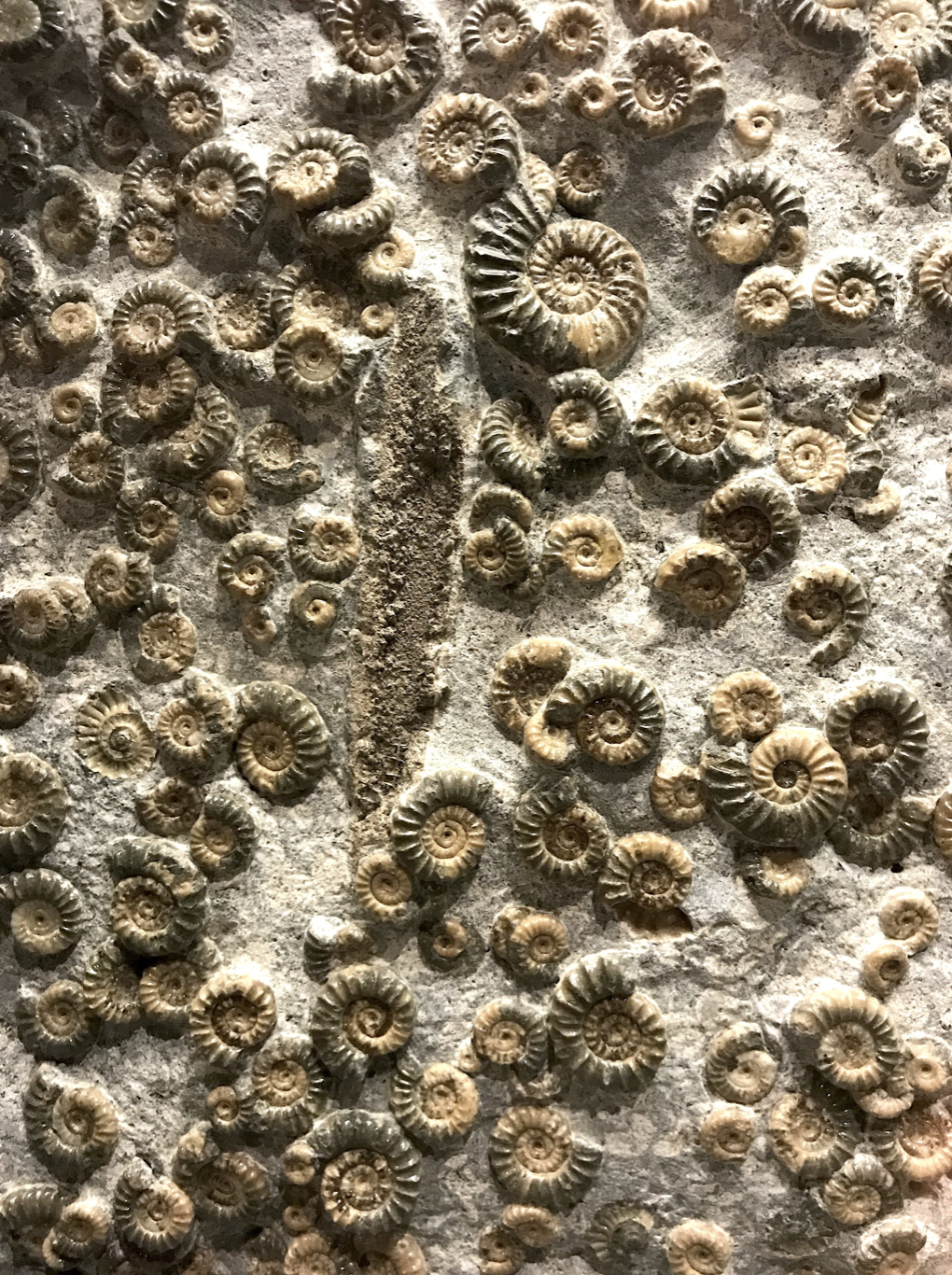A writer walks through a suburb of a desert city. He finds that art, souvenirs, tradition, memory, and dam-building and citrus trees have something to do with each other. This is the fourth of five essays.
The earthquake recorded closest to Scottsdale was within thirty miles, and was only 2.5-scale (on a 100 scale metric). The city lies in the areas with the lowest chance of hurricane, tornado, blizzard, and quake. For this reason, fifty miles away is a nuclear facility. Geographically, the valley is at rest.
This town is not only claims to be the most western but, on the merits of its food, comfort, culture, domestic and natural safety, is the most livable. In 1993 the Conference of Mayors proclaimed Scottsdale the “most livable city.” It’s motto, “The West’s most western town,” is stamped onto it’s city emblem, around the image of a cowboy riding on a wild stallion, hat in his balance-hand. It has hotels, restaurants, festivals to celebrate cultural cuisines and local farms, sport-bars, little golf-carts that function as in-town taxicabs. During the summer, the water-misters are turned on. During the winter months (December and January), heaters are brought out. Every place has outside seating. The sunsets are unlike anywhere else. Camelback mountain, just west of the city, turns a royal purple near dusk. The orange dust is swept up by wind and the helicopters that hover around the mountain (this happens weekly, for rescuing hikers). Particles and gravity bend the setting light toward the slower wavelength spectra – luminal low tide. The desert is safe, its danger a memory.
Usually, when an event or a person becomes a memory, this is the first step towards loss. A person moves from the present, being physically before us, to a memory, an image. We must exercise that image or else it fades. Soon, the voice of lost loved ones vanish. We forget what they look like, forgetting from the first moment they left. If all memories are statues (souvenirs), we need to remember that statues do not always become clearer through time.
For instance, consider Michelangelo’s first of three pietas – known as the Pieta – which lies in the Vatican. Christ lies in his mother’s arms. Together they compose a Trinitarian form, the mother looking down, hands sown wide with the motion of “behold the lamb who takes away,” the son made utterly without life, stunned in a puzzlement which only Hans Holbein’s canvas depicts more disturbingly, according to Dostoevsky, the painting that would make a man lose his faith. The Pieta is similar, excepting the terror. Michelangelo’s craft perfected itself here, and would not deny any detail. The sculpture is almost too ornate for its subject.
Michelangelo returned to the theme twice more. The middle draft, called the Florentine Pieta, trades the triangular for a tilting, spear-like form. Here Christ’s misery twists his joints, his knees and arm to just before snapping. The twist is almost physically untenable. The form itself of the sculpture is in-confidence, unsound-ness, feebleness. Structure – especially the most stone-like structure, the bone structure, of the Christ – is in danger of snapping in half and falling to the ground.

The third pieta, the Rondanini Pieta, Michelangelo never finished. And even though it was among other projects that remain unfinished by his death, it was not necessarily incomplete because of his death. While the other two took six years to complete, The Rondanini Pieta took more than ten years; and two times Michelangelo greatly reworked the design. Something about the form he couldn’t decide on. For an artist who knew human form, this piece loses all physiology. The body of Christ is fused impossibly into the Virgin’s body (the theme of which other artists have taken up, as Gregory Wolfe has spoken about). And in a reverse of the second pieta, the Rondanini’s Christ is buoyant, even as his head wilts against the breast of his mother. They seem to emerge from the stone enmeshed together. It is hard to miss that it is unfinished. The artist pulling the form free from the stone, and stone sucking it back to the aboriginal womb.
The narrative of the pietas reveal a battle between Michelangelo and the marble for the form, which Michelangelo’s death and timidity left in the material’s advantage. The pietas digressed, returning into the marble’s mouth from which he tried to form them. The mountain reclaimed itself from Michelangelo’s work.
The souvenirs and tourism of Scottsdale are no different. They also risk losing all their significance. They, too, can lose their proportion, becoming monstrosities of our remembering.

It is hard not to mention the culture of the souvenir and place without thinking of the work of Thomas Kinkade. His paintings are, according to art reviews, possibly hanging in one of twenty of American Homes. My friend’s home has a print of a cabin in the woods. His themes include the home with golden light blazing from windows of houses, churches, or other destinations, which always face at a slight angle away from the viewer, the roads always as if the viewer were walking on them – his paintings are brilliant, that is, fluorescent. Light casts no shadow and shines without blinding. In his sunsets and sunrises, not all the light can be explained by the sun, the light travels from too many angles. The place is heavily dusted with light.
It’s hard to believe that someone’s memory of home sweet home could not be identified with a Kinkade canvas. Next to it, the true memory of their wood-and-nail home seems an ungrateful dysphemism. Say what we will about Kinkade’s form, that it is repulsive; it is still repulsively reminiscent. He works with memory then emphasizes the warmth. His paintings are an extreme form of embellishment, the fishing trip that made the 8-inch bass into a 5-foot salmon into Job’s Leviathan. It takes advantage of the mathematical principle that form remains itself at any scale.
Memories are like fractals. They are the same thing, at all proportions, all sizes. We don’t need to see a picture of someone at the same scale as the person to remember. Most family pictures are going to be several scales down. So too, souvenirs, which alter whatever they mean to be the smaller version of. Their first and primary alteration is size. They are all caricatures, but not always or necessarily for humor’s sake. They caricature in size because the real thing isn’t mobile in its original size. Places and monuments don’t fit in a carry-on. It’s often just a matter of miniaturizing, albeit a few details are missed. The structure is faithful to the significance. Using the phrase, “making mountains out of molehills” to say that something has been made too important, ultimately has it backwards. Memories are smaller. Memories fit. All molehills are created from mountains.
Someone can paint from life and know he gets the real form, size and all. This is not true of the reverse. Someone cannot look at a painting and derive the real size of the thing portrayed. You cannot know the real magnitude of a mountain from a postcard. Which raises a question. Given the sum of Scottsdale so far – art, souvenir, history, tourism, et al.: does the memory of Scottsdale have a real reference, or is it all based, say, on a mental postcard?
Oddly enough, Scottsdale is a city built from false memories. These memories have made wilderness comfortable, the past perfected, the desert, forgotten. It’s as if a mountain has been remembered but has never been seen. This remembered mountain could have a complete and thorough past known by a whole community. Its color, climate, fauna could all be recalled in minute detail. But even though they could draw the mountain and could tell infinite reams about adventures on it, no one ever climbed its rocky side. This mountain is memory without a source. Where is it? What’s its the real size?
What’s the true scale of anything that’s only remembered? What’s the true size of a mountain we only have molehills of? What’s the status of a city only remembered? What does it mean to forget one is in a desert?




